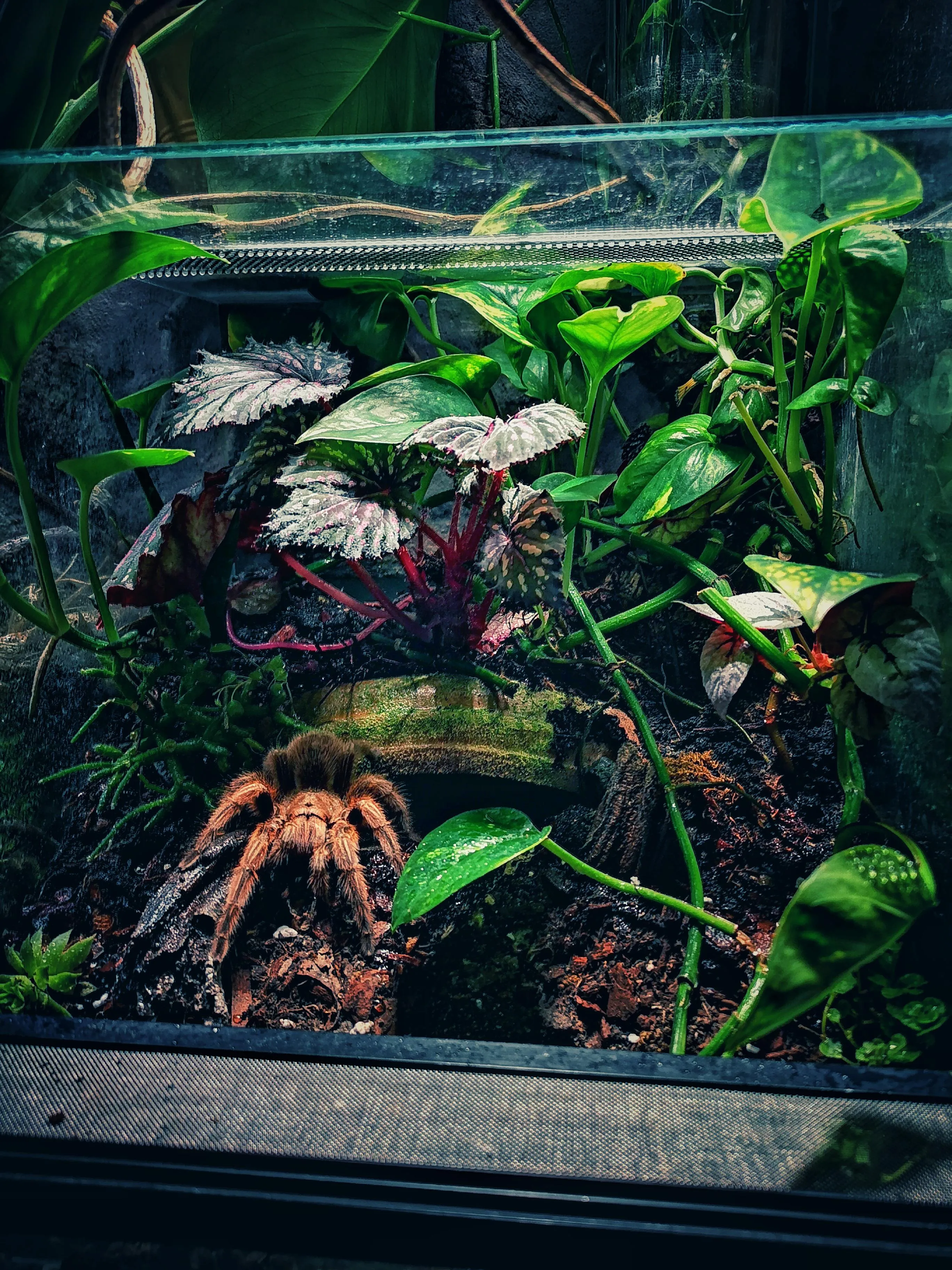Why Is My Rose Hair Tarantula Upside Down?
Finding your rose hair tarantula upside down can be a nerve-wracking experience. Unlike other pets, tarantulas exhibit unique behaviors and vulnerabilities that necessitate a careful understanding of their well-being. The sight of an upside-down tarantula is often a sign that something is amiss, and it’s crucial to quickly assess the situation. This guide aims to provide you with the necessary knowledge to understand the potential causes, what to do, and how to prevent similar occurrences in the future. It’s important to remember that while this guide offers valuable insights, consulting with a veterinarian or experienced tarantula keeper is always advisable for specific concerns. Understanding the context behind this behavior is the first step towards ensuring the health and longevity of your arachnid companion. Careful observation and prompt action can make all the difference.
Understanding Tarantula Behavior
Tarantulas, while fascinating creatures, communicate their needs through subtle cues. Understanding these behaviors is paramount to responsible pet ownership. Unlike mammals, tarantulas have exoskeletons, which means they shed their skin (molt) to grow. During this process, they are particularly vulnerable. When a tarantula is upside down, it often indicates a problem with molting, dehydration, or environmental stress. Another behavior includes the tarantula is preparing for molting, in which they might spend considerable time on their back. It is essential to be familiar with the baseline behavior of your tarantula, and any deviations should raise a flag. This helps in identifying potential health problems. Knowing what’s normal for your tarantula can help you quickly identify and address any issues that may arise, such as dehydration or molting problems, so it can survive and thrive.
Possible Causes of Upside Down Position
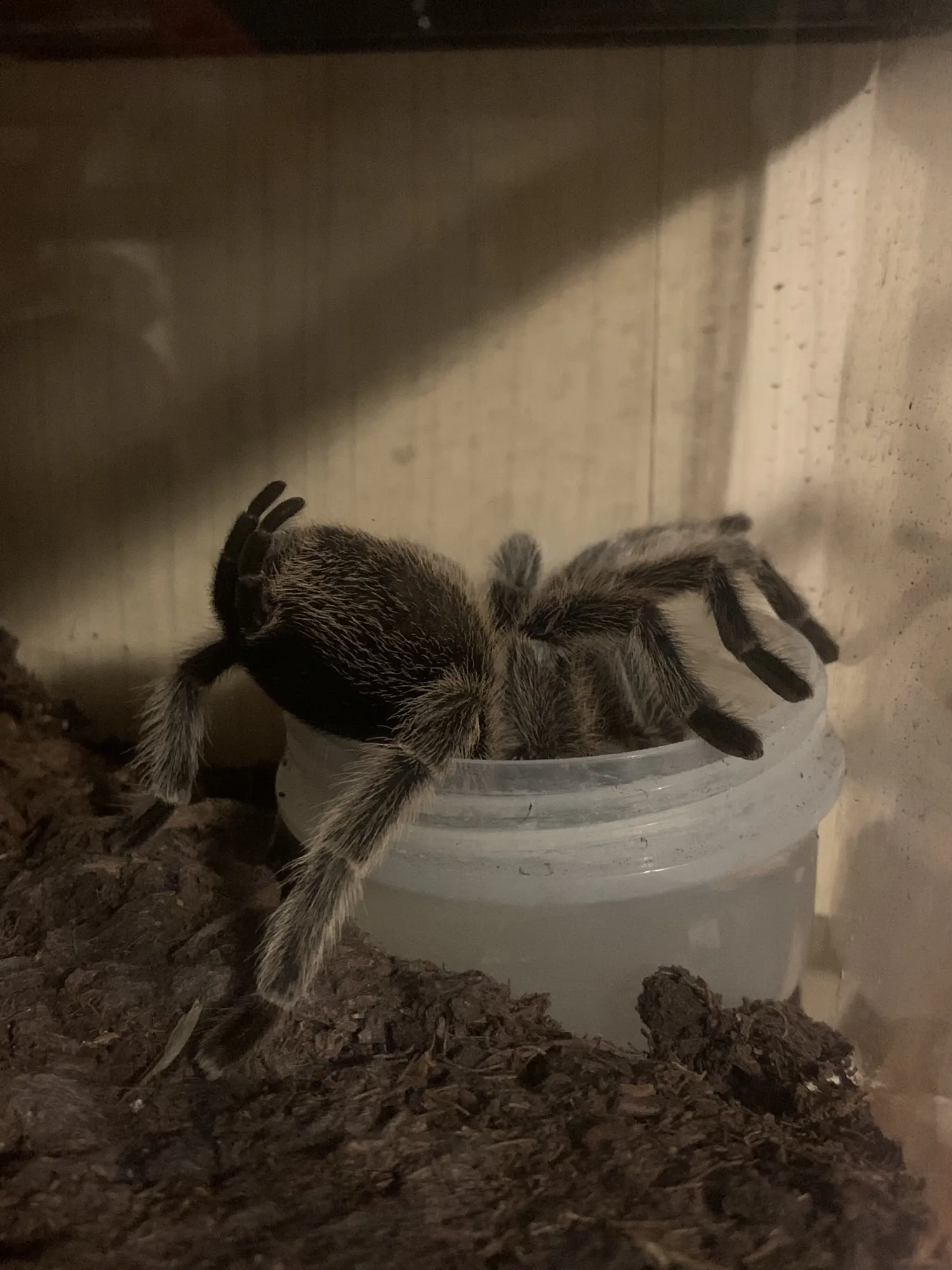
A rose hair tarantula turning upside down is usually a sign of a problem, with the most common causes being molting, dehydration, or environmental factors. While the sight can be alarming, understanding these causes helps in taking the right action. Being upside down during molting is a natural part of the process, but dehydration or issues with their environment can cause distress. Identifying the reason behind the behavior is the first step toward addressing the issue. Immediate assessment and appropriate action will help ensure your pet’s well-being. It’s important to remain calm and observe your tarantula closely to determine what’s causing this behavior, then act accordingly.
Molting
Molting is a natural process for tarantulas where they shed their exoskeleton to grow. During molting, the tarantula lies on its back, making it appear upside down. This position allows them to easily extract themselves from their old exoskeleton. The molting process is physically exhausting, and your tarantula is at its most vulnerable. It can take several hours for them to complete the process, and during this time, they are unable to defend themselves. Never disturb a tarantula during molting, and provide a quiet, stress-free environment. After molting, the tarantula’s new exoskeleton will be soft, and it is important to avoid handling them until it has hardened. Molting is essential for tarantula growth and health, so it is important to understand and support this process.
Pre-Molting Symptoms
Before molting, tarantulas often exhibit specific behaviors. These can include a loss of appetite, lethargy, and a change in color. They may also create a web mat to prepare for the molt. The abdomen may appear darker or swollen. Understanding these signs is important for correctly identifying molting. This helps you to not be alarmed by their upside-down position. When you notice these pre-molting signs, provide a safe, stable environment, ensure the humidity levels are appropriate, and avoid handling or disturbing your tarantula. Providing a suitable environment during this time can increase their chances of a successful molt. It also ensures they are undisturbed during their vulnerability.
Post-Molting Recovery
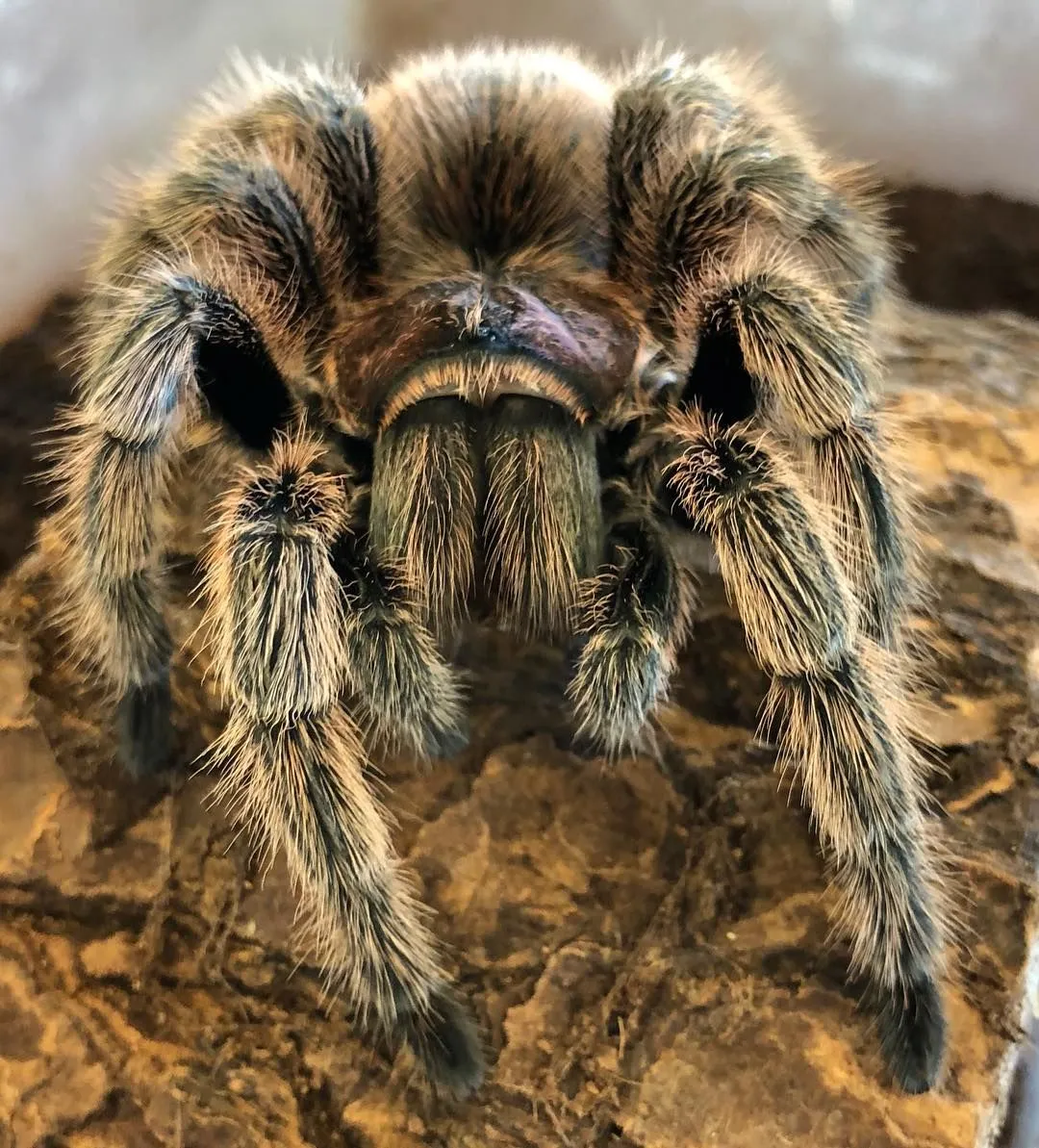
After molting, a tarantula’s new exoskeleton is soft and vulnerable. Your tarantula will likely be very still during the recovery phase. During this period, tarantulas are very delicate. It is essential to avoid handling your tarantula for several days until the new exoskeleton hardens. Provide fresh water and continue to maintain a stable environment with appropriate temperature and humidity levels. Feeding should be delayed for a week or so until the fangs harden. After molting, your tarantula will be hungry, so it is important to offer food once the exoskeleton is firm. Regular monitoring and providing proper care after molting is key to your tarantula’s health.
Dehydration
Dehydration is another common cause of a tarantula being upside down. Tarantulas need a constant supply of water to survive. Dehydration can quickly become fatal if not addressed promptly. Always ensure your tarantula has access to fresh water and that the enclosure maintains the correct humidity levels. If your tarantula is dehydrated, it may exhibit lethargy, difficulty moving, and an upside-down position. Providing a shallow water dish and misting the enclosure are essential for maintaining hydration. Regularly monitoring water levels and enclosure humidity is crucial to prevent dehydration. Addressing dehydration quickly is critical for your tarantula’s survival, and the signs are usually easy to identify with careful observation.
Signs of Dehydration in Tarantulas
Dehydration presents itself through specific symptoms. A dehydrated tarantula may appear lethargic, with a shriveled abdomen. It may have trouble moving and may curl its legs. A sunken abdomen is another key indicator of dehydration. If you notice these signs, immediate action is required. Ensuring access to fresh water and increasing humidity in the enclosure are essential steps. Dehydration can progress quickly, so early detection is crucial. You can gently mist the enclosure to increase humidity, but avoid spraying the tarantula directly. Providing a shallow water dish filled with fresh water is crucial. Regular observation allows you to identify potential issues before they become severe.
How to Rehydrate Your Tarantula
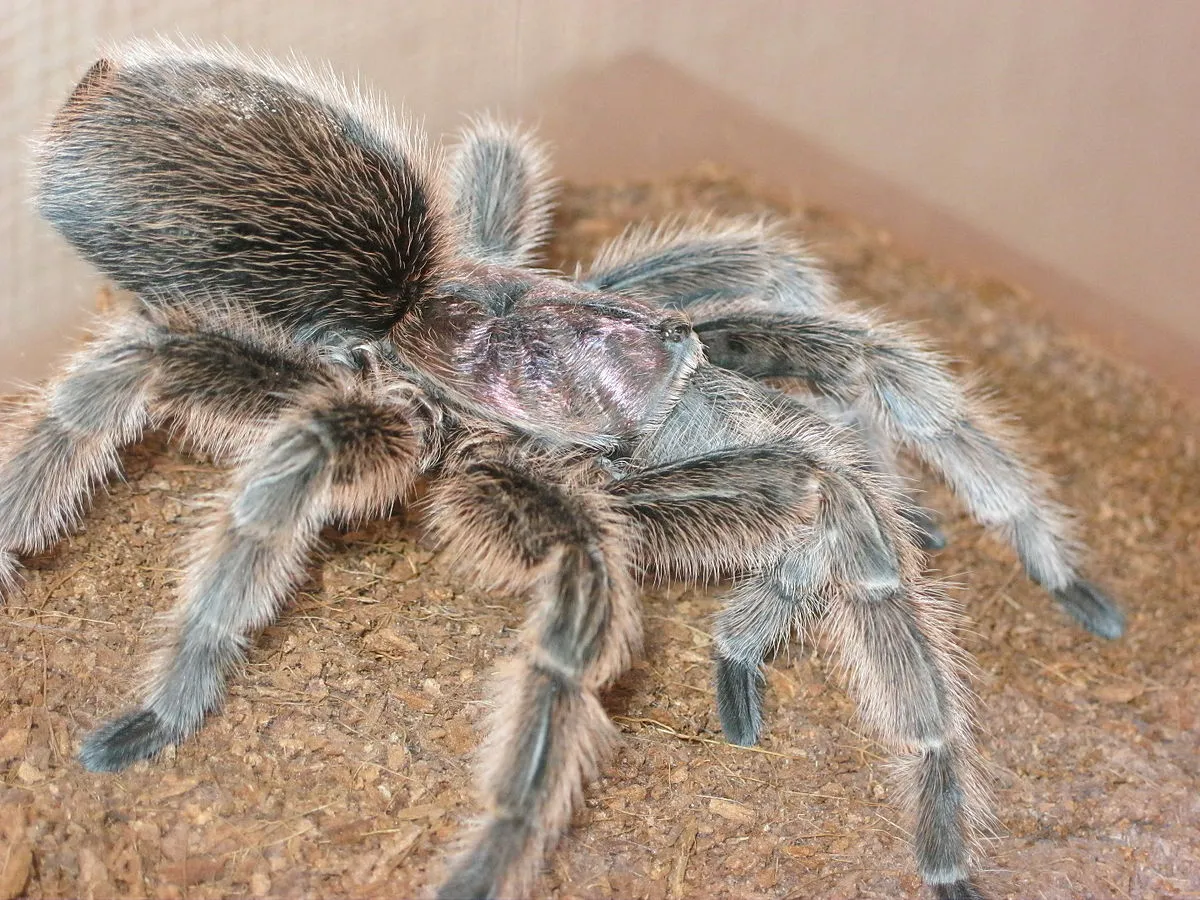
Rehydrating a dehydrated tarantula requires a few simple steps. First, provide a shallow water dish with fresh water. Next, increase the humidity in the enclosure. You can gently mist the enclosure, ensuring the substrate is slightly damp, but never saturated. Monitor your tarantula’s condition closely. If the situation is severe, consider gently offering water using a syringe or dropper, being careful not to force water into the tarantula. Monitor the tarantula carefully, and consult a veterinarian or experienced keeper if the condition does not improve. Early intervention is critical. The goal is to restore hydration and prevent further complications.
Environmental Factors
Environmental conditions significantly impact a tarantula’s well-being. Incorrect temperature, humidity, and an unsuitable enclosure can cause stress, potentially leading to an upside-down position. It is crucial to maintain the correct environmental parameters to keep your tarantula healthy. Proper temperature and humidity levels support essential processes. The enclosure itself should be appropriate for your tarantula’s size, with suitable substrate and hiding places. Regularly monitor these environmental factors, making adjustments as needed to ensure your tarantula thrives in a comfortable and safe habitat. Regularly checking the enclosure and making sure all conditions are ideal will help you avoid any issues.
Temperature and Humidity
Maintaining the correct temperature and humidity is essential for a rose hair tarantula. The ideal temperature range is generally between 75-85°F (24-29°C). Humidity levels should be between 60-70%. Using a thermometer and hygrometer to monitor these conditions is recommended. Adjust the enclosure’s conditions as needed to maintain these levels. If the enclosure is too dry, gently mist it with water, but avoid oversaturating the substrate. Proper temperature and humidity support molting and hydration. This directly impacts your tarantula’s health and overall well-being. Regular checks and adjustments are key to maintaining optimal conditions.
Substrate and Enclosure
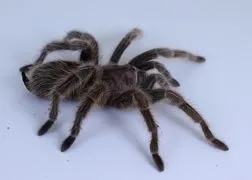
The enclosure should be appropriately sized for your rose hair tarantula, with ample space for movement and exploration. The substrate should retain moisture, allowing the tarantula to burrow and feel secure. A substrate mix of peat moss, coconut fiber, and vermiculite is often recommended. Provide hiding places, such as a cork bark or a hide, to give your tarantula a sense of security. A well-designed enclosure will reduce stress and improve your tarantula’s overall health. Regularly clean the enclosure to maintain hygiene and prevent the buildup of harmful bacteria or mold. Providing the right setup will keep your pet comfortable and stress free.
What to Do if Your Tarantula Is Upside Down
If you find your rose hair tarantula upside down, it is important not to panic. Your immediate response can make a significant difference in the outcome. First, assess the situation calmly. Then, determine if the tarantula is molting, dehydrated, or if there is another potential cause. Careful observation will guide your next steps. Gentle intervention may be necessary in certain situations, while other times, the best course of action is to leave the tarantula undisturbed. Knowing what to do, and what not to do, can make all the difference in saving your pet’s life.
Assessing the Situation
When you find your tarantula upside down, the first step is to calmly assess the situation. Determine whether it is molting, which is typically evident because the tarantula will be on its back. If the tarantula appears to be molting, avoid disturbing it. Observe the tarantula for signs of distress. Look for symptoms of dehydration, such as a shriveled abdomen or difficulty moving. Check the enclosure’s temperature and humidity levels to ensure they are within the appropriate range. Note the environment and the recent behavior. If the tarantula is not molting, or is showing signs of distress, take immediate action. Record observations to inform your next steps, and to help identify the cause of the issue.
Gentle Intervention Techniques
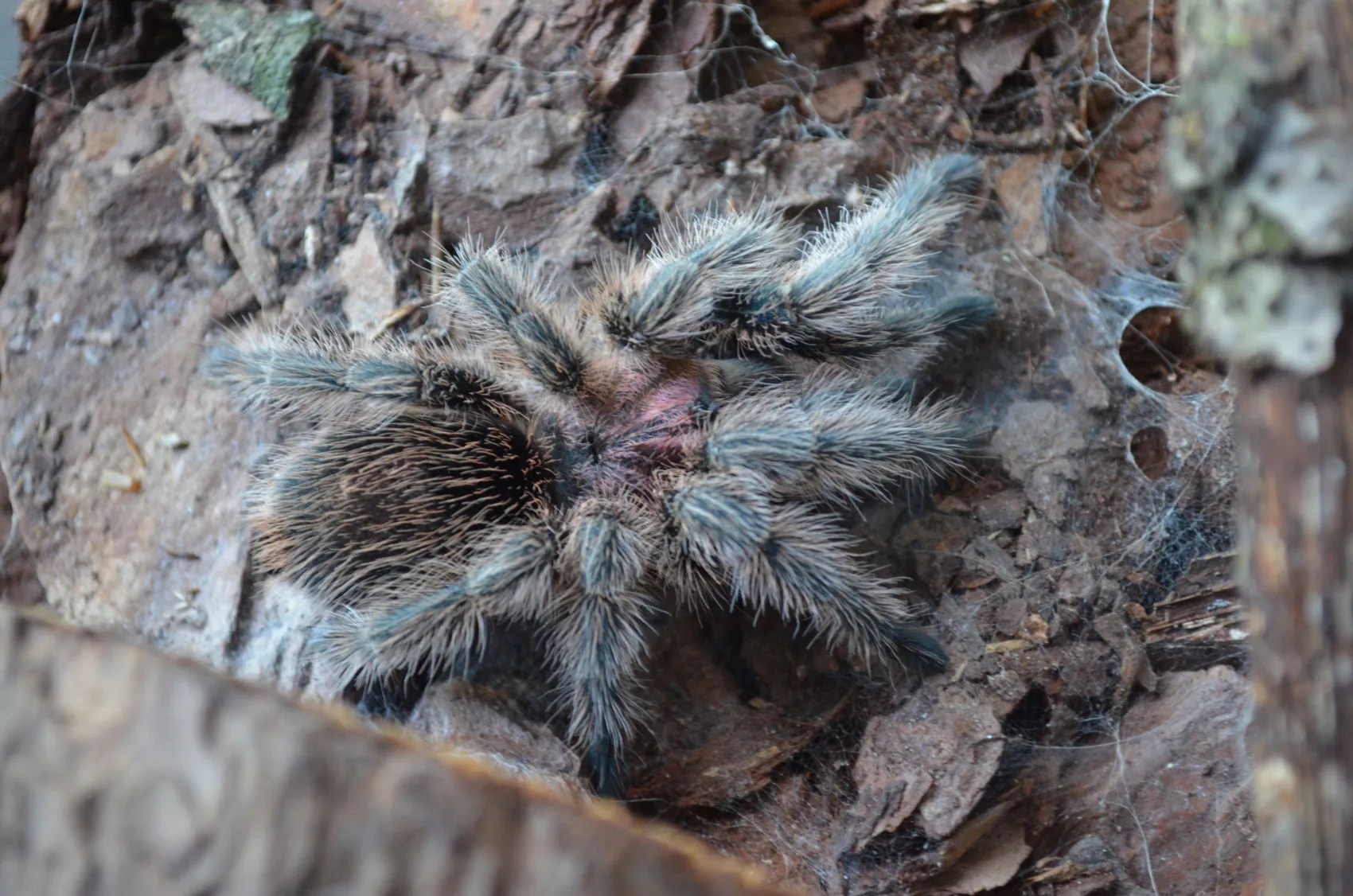
In some cases, gentle intervention may be necessary. If your tarantula appears dehydrated, carefully mist the enclosure or provide a shallow water dish. Avoid spraying the tarantula directly. If the tarantula appears weak or unable to right itself, gently assist it by using a soft, clean object like a paintbrush to carefully flip it over. If the tarantula has fallen from a height, check for any injuries. Be patient, and avoid forcing any action. After intervening, monitor your tarantula closely. Make sure that you remain calm throughout the process. Consult with a veterinarian or experienced tarantula keeper if you are uncertain.
When to Seek Professional Help
Knowing when to seek professional help is essential for your tarantula’s well-being. If your tarantula shows signs of severe distress, such as prolonged immobility, bleeding, or other injuries, consult a veterinarian immediately. If you suspect a disease or other serious health issue, seeking professional advice is also vital. Any unusual behavior or symptoms that you cannot explain should prompt a consultation. Experienced tarantula keepers or exotic animal veterinarians can provide expert advice and treatment. Do not hesitate to seek professional help if you are unsure about your tarantula’s health. Early intervention can often prevent serious complications and can lead to improved outcomes for your pet.
Preventing Future Incidents
Preventing incidents where your rose hair tarantula turns upside down involves proactive care and diligent observation. Providing a suitable environment, maintaining correct conditions, and regular monitoring are essential. Understanding the specific needs of your tarantula helps to create a safe and healthy habitat. By taking preventative measures, you will significantly decrease the likelihood of future issues. Implementing these strategies ensures your tarantula’s safety and health.
Maintaining Optimal Conditions
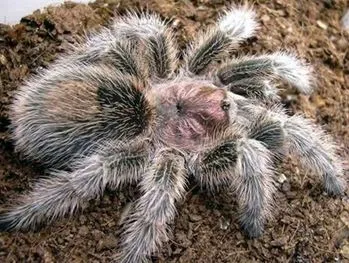
Maintaining optimal conditions includes ensuring that the enclosure has the correct temperature, humidity, and substrate. Regularly check the temperature and humidity levels using a reliable thermometer and hygrometer. Adjust these levels as needed to match the tarantula’s specific needs. Ensure the substrate is appropriate, and provide fresh water at all times. Clean the enclosure regularly to maintain hygiene, remove any uneaten food, and prevent the buildup of harmful bacteria. By creating a stable and healthy environment, you can prevent many common issues, helping your tarantula to thrive.
Regular Observation and Monitoring
Regular observation and monitoring of your tarantula are crucial for its well-being. Regularly inspect the enclosure and observe your tarantula’s behavior. Look for any signs of distress, such as lethargy, loss of appetite, or unusual movements. Monitor feeding habits and adjust the diet if necessary. Regularly check the water dish and the substrate. Make a habit of observing your tarantula. Early detection of any potential issues is the key to providing timely intervention. Record any changes or concerns. This helps in early diagnosis. Monitoring your tarantula regularly ensures that it lives a long and happy life.
